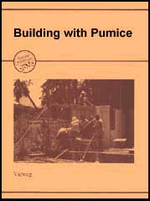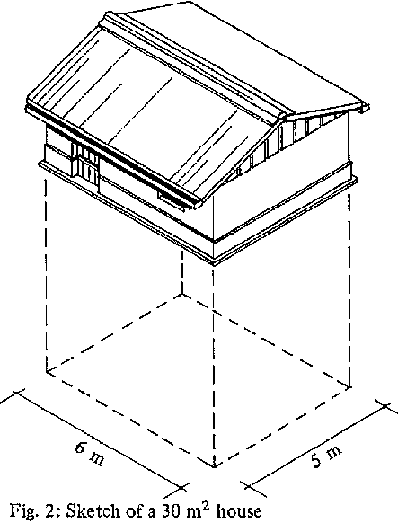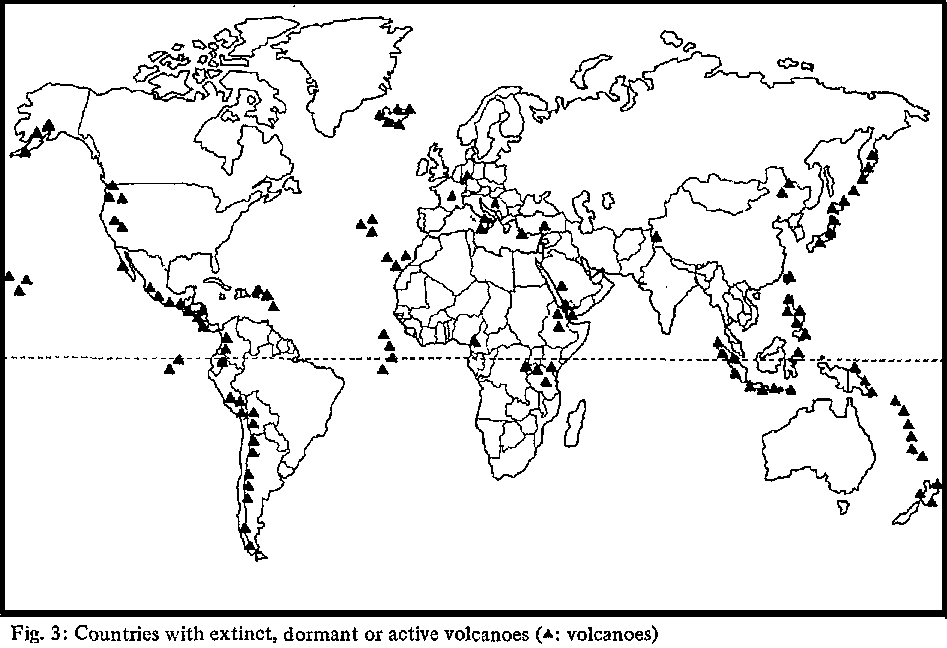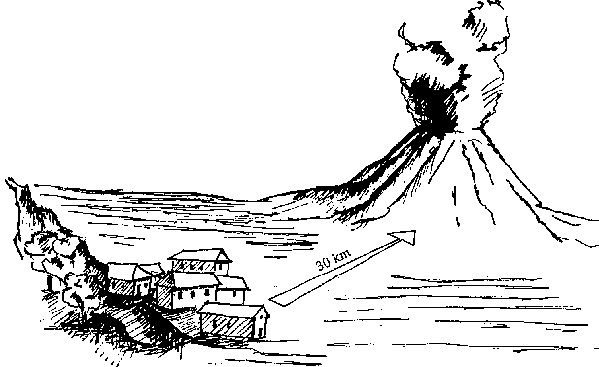House Construction and Related Problems[edit | edit source]
The HABITAT statistics pertaining to the International Year of Shelter for the Homeless, 1987 show that:
- more than 1 billion people, or roughly 1/4 of the world's total population, have no permanent homes, but instead live in primitive' unhygienic dwellings. Some 100 million people, most of them in developing countries, have no roof over their heads at all;
- about one-half of all city dwellers in developing countries (up to 80% in some cities) live in slums or so-called squatter settlements;
- the population of the urban centers in developing countries is increasing by roughly 3.5% annually, equating to a yearly global gain of approximately 49 million people;
- by the year 2000, those cities will be experiencing a yearly population increase of about 78 Million people -or more than 214,000 each and every day;
- just to keep up with such developments, the presently available living quarters (of all descriptions) and the available infrastructure would have to be more than doubled;
- the population explosion in the slums and squatter settlements of major cities is even more dramatic: the rate of increase there is twice that of the cities themselves and four times as high as that of the global population;
- the situation in the rural areas of most developing countries is complicated by the fact that only 41% of the rural population has access to clean drinking water (compared to 71% of the urban population); only 12% of the rural population has access to sanitary facilities (compared to 59% of the urban population).
Figure 2
Everyone would like to live in his own home. Many people in industrialized countries occupy apartments in multistory buildings.
This situation involves lots of problems for which there is no immediate solution. This book is intended to stimulate interest in a line of approach to such problems by describing how to build simple, inexpensive houses out of a very commonplace raw material, namely pumice, i.e. volcanic glass or hardened volcanic froth. Such homes can be constructed on a self-help basis by individual builders, as cooperative efforts, or on an industrial scale. Which building components can be made of pumice and how those components can be put together to make a house is described in the following chapters.
We will be referring throughout to a basic model with roughly 30 m² floor space, for which the requisite building material costs approximately US . Such houses could serve well and be affordable as a minimum size dwelling for a family of 6 or less (Fig. 2). The described home-construction systems can be enlarged, built onto and/or modified at will, depending on the prevailing architectural style, the family's space requirement and their given financial situation. The building materials for the house do not have to be bought or made all at once, but can be accumulated or put together little by little. With a bit of handicraft skill, it is relatively easy to make most of the building material-assuming, of course, that the builder has access to and knows how to handle pumice (or volcanic ash), cement, water and a few elementary tools.
The best way to tackle the job is for several prospective homebuilders to team up with each other to jointly plan, organize and implement their own building projects.
The main purpose of this book is to give practical information on the use of pumice as a building material and on organizing one's own homebuilding project. Naturally, no individual solutions can be offered for problems concerning the purchase of property or the financing, obtaining a building permit or actual construction of the house.
Building material for a house can be made from any number of raw materials, e.g. straw, reed, rocks, soil, wood, metal, etc., depending on what is available within a reasonable distance, for which climate the house is being built, and which culture-dependent conceptions it will have to incorporate. Pumice, too, is a good raw material for use in making building members. Pumice is not found everywhere, but only in the vicinity of extinct or still-active volcanoes, e.g. in Central America, East Africa, East Asia and Europe (Fig. 3).
Figure 3
Europeans have always used pumice in residential buildings and industrial structures and continue to do so. As a building material in general it is very popular, particularly in the near vicinity of the deposits.
The dissemination of knowledge and the transfer of technology concerning the production of pumice building materials should help developing countries establish their own indigenous production of inexpensive, versatile building materials. This book hopes to stimulate the utilization of existing resources in the form of volcanic ash/pumice deposits while also providing practical guidance for the production of building members for low. cost homes.
Turning Pumice into Building Material[edit | edit source]
All pumice building members can be made using simple craft skills. No complicated (and therefore expensive) machinery is needed.
What are needed most are a wood or metal formwork, a wheelbarrow, a shovel, a trowel and a level area for shaping and drying the pumice building members. Cement or lime, sand and water must also be available.
Producing one's own pumice building members can always be recommended, where the raw material is sufficiently inexpensive or, even better, available free of charge -and the building is to be put up on its own, where there is solid foundation soil, and the builder/owner has some skill and prior experience in handling building materials.
It is important to know that pumice building members are very durable if made properly and that they are particularly suitable for dry climates.
As mentioned above, the materials needed to build a pumice home with 30 m² floor space cost roughly US . Add to that, of course, the cost of the property and any wages paid to helpers or contractors. For making one's own wall members from pumice, the raw material should be available within a radius of 30 km (Fig. 4).
Figure 4: Maximum distance between deposit and building site.
Further information on rules and regulations governing home construction can be obtained from:
- cooperative building societies,
- building authorities,
- credit institutions,
- architects,
- missions.



